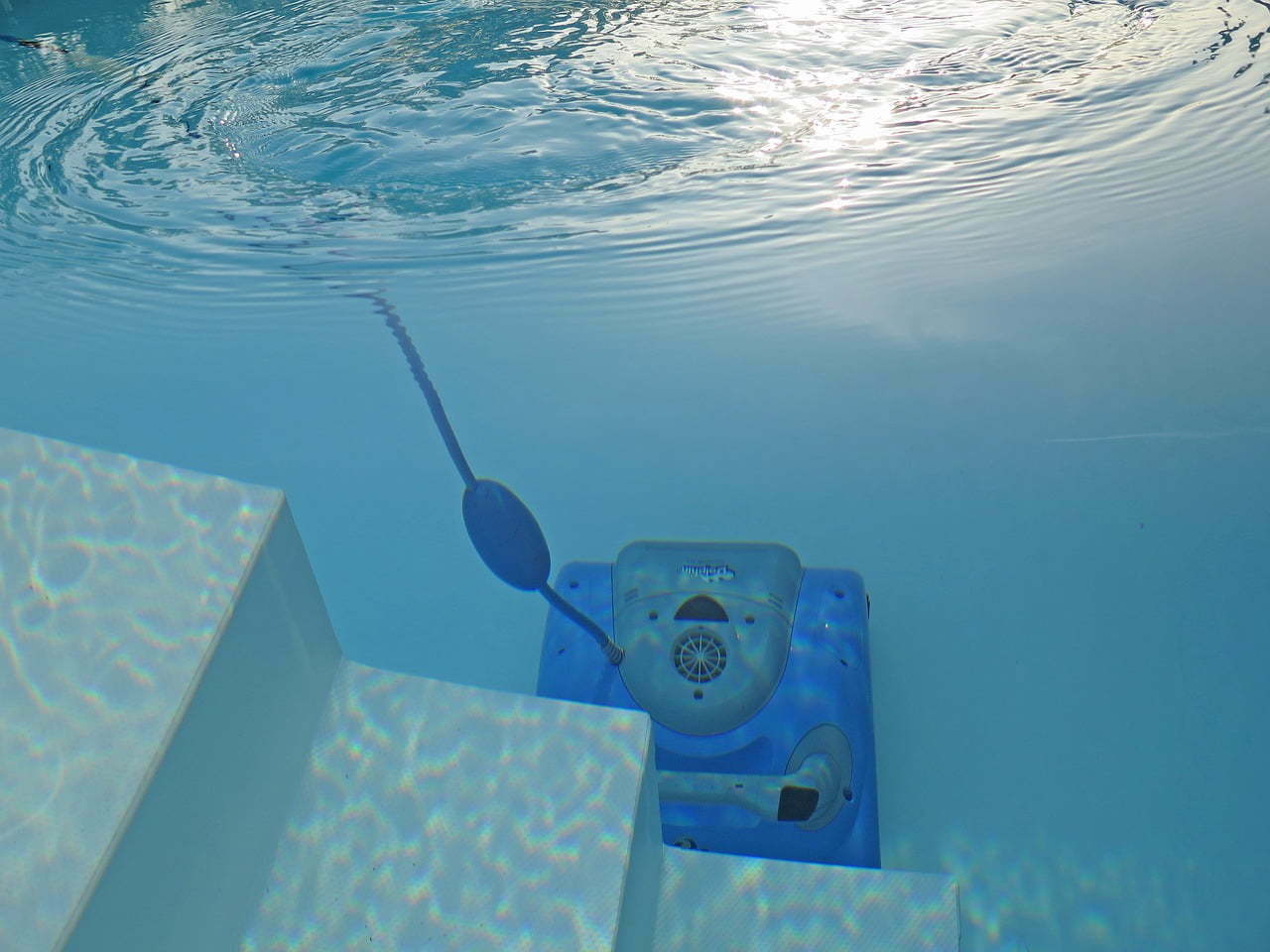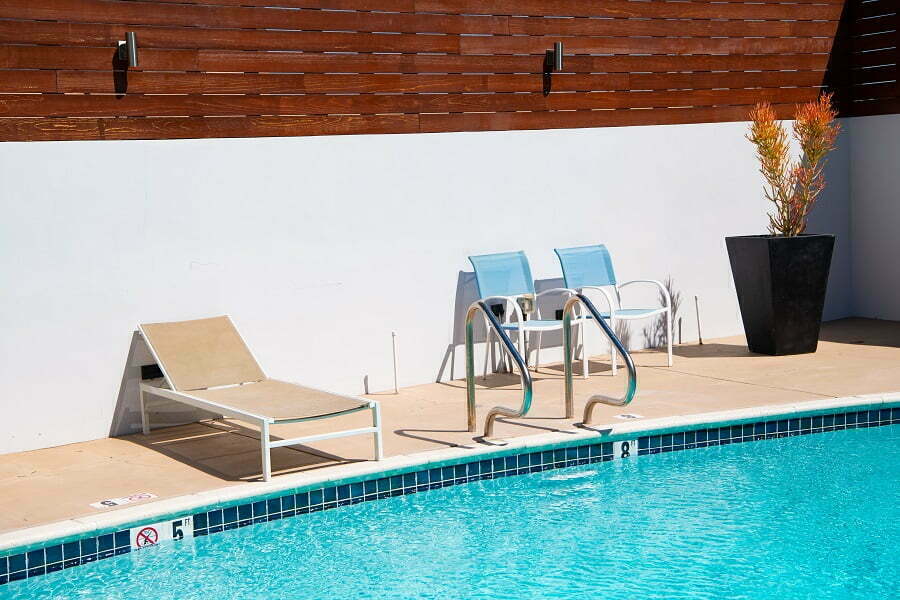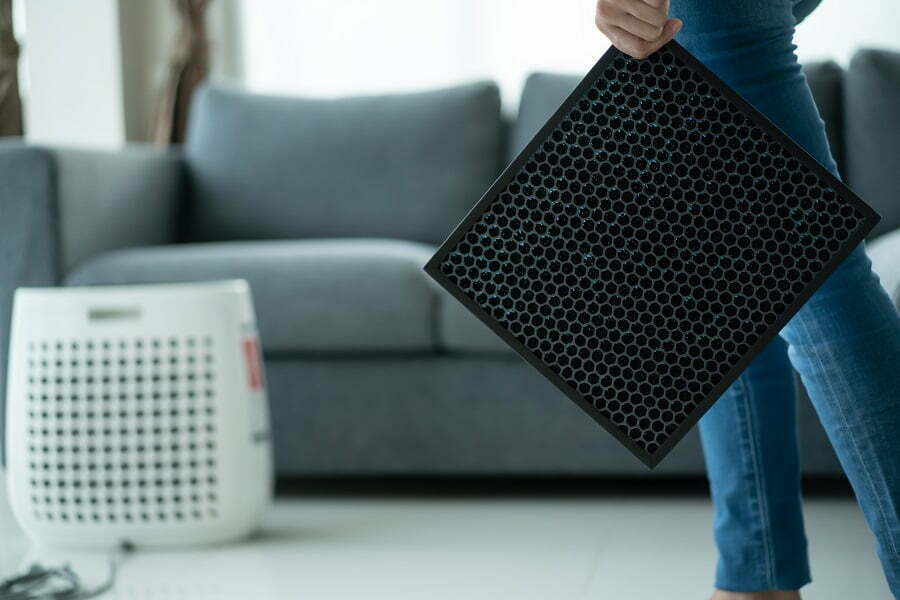Last updated on
Follow these six easy tips to maintain your pool and keep it in perfect condition. Read on!
Maintaining a swimming pool can be a challenging task, with the added headache of potential repair costs if something goes wrong.
However, proper maintenance and upkeep are essential for keeping your outdoor oasis safe and enjoyable throughout the summer months.
Whether you’re a homeowner, real estate agent, or simply an adult looking to master basic pool care skills – today’s blog post provides great tips on how to keep your swimming pool in top-notch condition.
From understanding water levels and pH balance readings to regular cleaning and equipment checks – this post covers everything you need to know about maintaining your beloved backyard retreat!
Test and Balance Your Water Chemistry Regularly
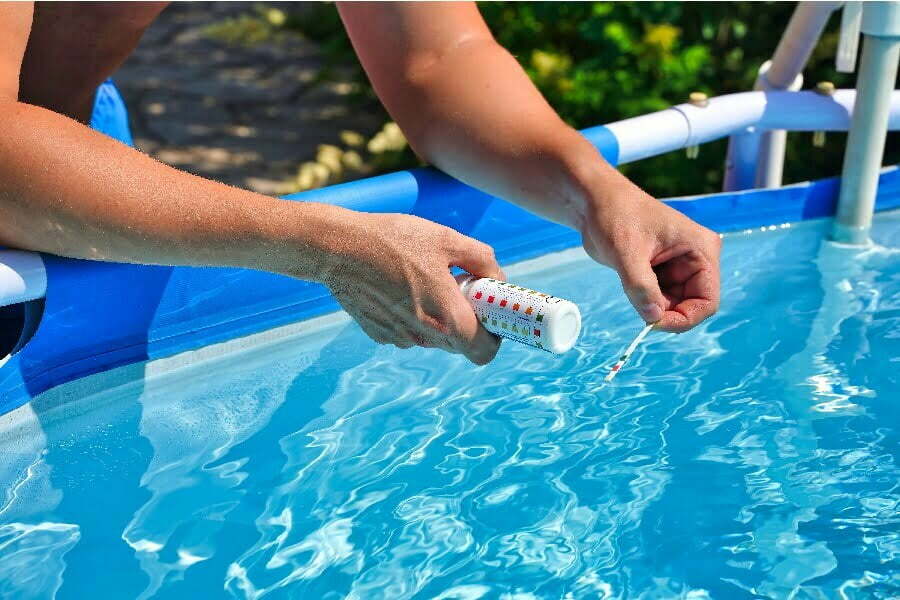
Keeping your pool in top-notch condition involves more than just making sure the surface looks clean. To make sure your pool is not only aesthetically pleasing but also a safe environment for swimming, it is important to regularly test and balance the water chemistry levels.
Whether you decide on a swimming pool service and repair, or DIY, make sure to use a reliable test kit and chemical products to check for chlorine, alkalinity, PH, and calcium levels in your pool.
Regularly checking your pool’s pH, alkalinity, chlorine, and calcium levels can help avoid irritation to the eyes or skin when swimming or in a cloudy-looking pool.
To avoid costly repairs further down the line, testing and balancing water chemistry should become part of every good routine for maintaining your pool.
With these steps in place, you can ensure that your pool not only looks inviting but is also optimized for swimmers’ health and safety.
Clean and Maintain the Pool Regularly
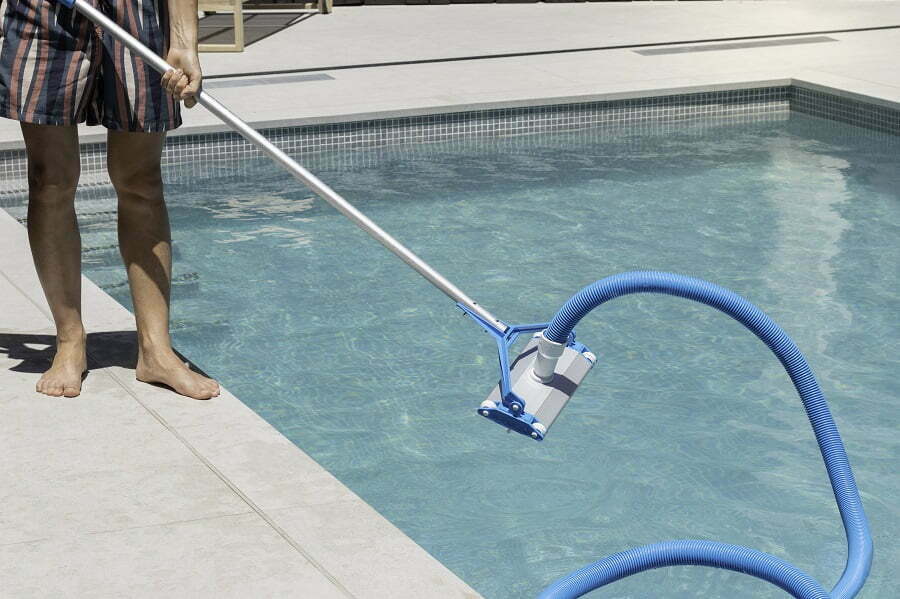
Cleaning your pool regularly is important to keep it in top condition. The walls and floors of your pool can be cleaned with a brush or a hose with attachments.
First, you’ll want to remove any debris from the surface of the pool. Next, you’ll want to brush the sides and floor of the pool with a soft brush to loosen any dirt or grime. Finally, you’ll want to vacuum the floor of the pool to remove any dirt or debris that has been loosened by the brushing.
Moreover, clean the filter of your pool regularly as well. The filter is responsible for picking up debris from the water and should be cleaned at least once a month or more often if needed.
Shock the Pool Once a Week to Kill Bacteria and Algae
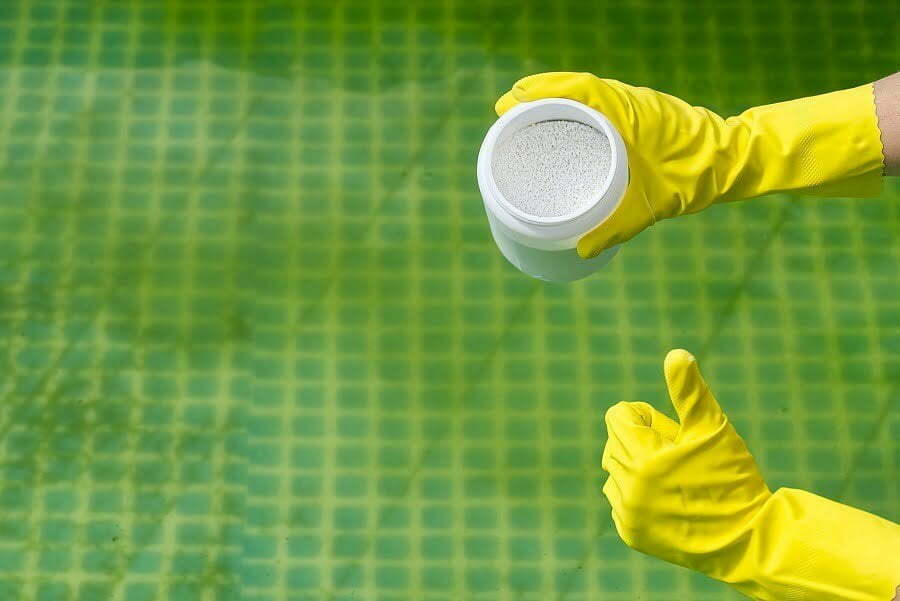
You know that feeling when you jump into a pool and the water is so cold it takes your breath away? That’s what you want to achieve by shocking the pool.
Shocking the pool involves adding a high level of chlorine to the water, which will kill bacteria and algae. It’s important to do this once a week to keep the pool clean and safe for swimming.
If you don’t shock the pool regularly, algae and bacteria can start to accumulate in the water and cause a variety of problems.
Depending on the size of your pool, you’ll need to add a certain amount of chlorine to achieve the desired level of chlorine in the water.
For example, if you have a 50,000-gallon pool, you’ll need to add about five gallons of chlorine to reach the desired level. Once you’ve added the chlorine, make sure to circulate the water for at least an hour to make sure the chlorine has evenly distributed itself throughout the pool.
Vacuum the Pool Once a Week to Remove Dirt and Debris from the Bottom
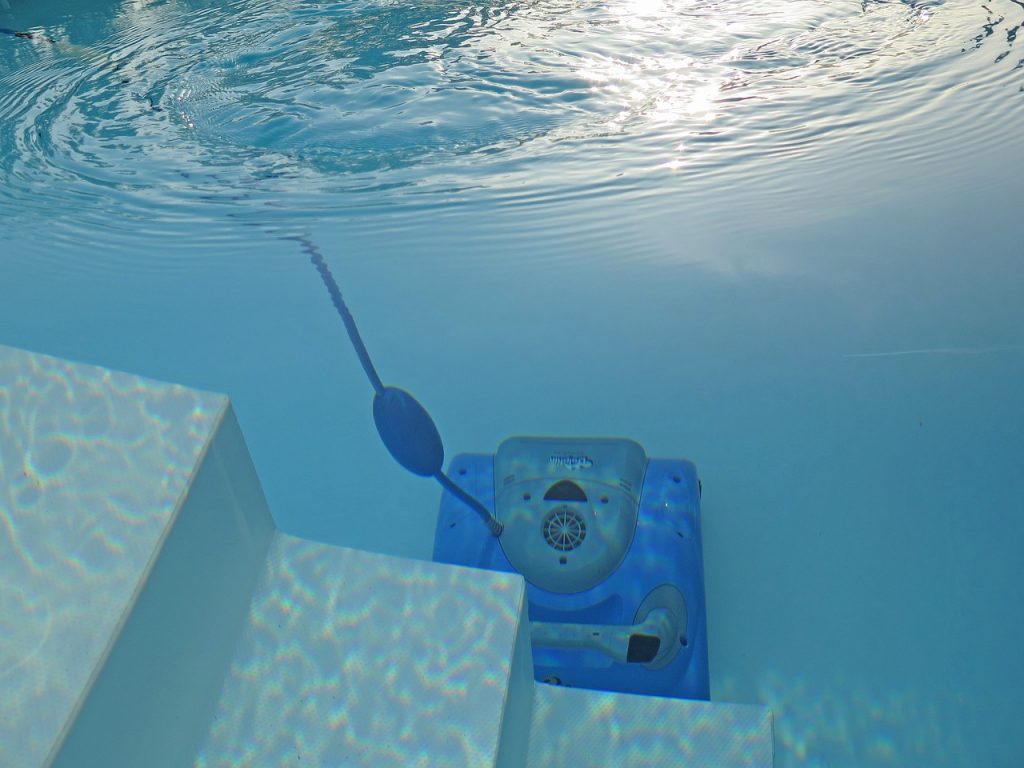
If you have a pool, it’s important to keep it clean and free of debris to enjoy it at its best. To achieve this, it is recommended to vacuum your pool once a week. Doing so will help reduce any dirt or buildup on the bottom surface, preventing clogging and harm to your pool filter system.
Vacuuming regularly ensures that the water stays crystallized and clear all summer long. Plus, it prevents you from having to do a deep clean later which can take longer and be more costly depending on the type of pool surface you have in place.
In short, vacuum your pool weekly, and be sure to remember other important maintenance tasks such as consistently checking your pH level! Your pool will thank you!
Skim the Surface of the Pool Daily to Remove Leaves and Other Floating Debris
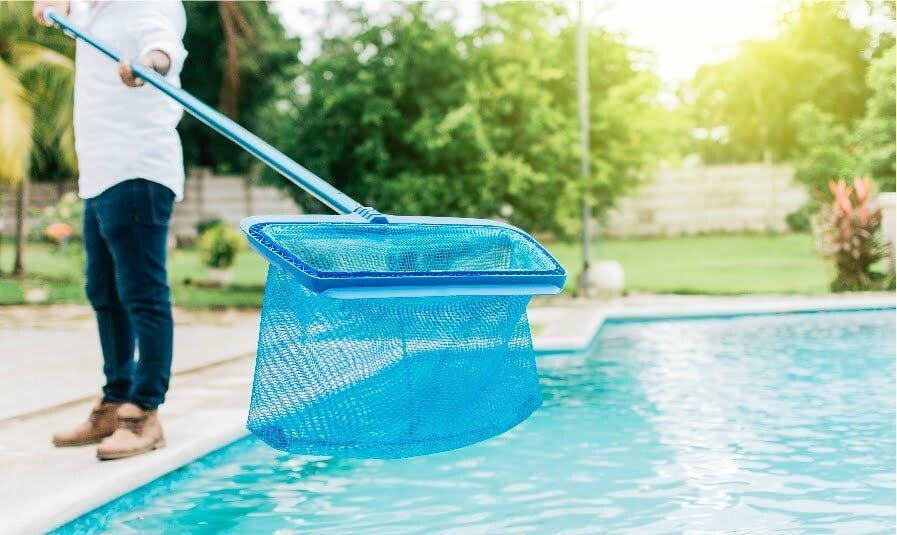
Skimming the surface of your pool daily is not only a smart choice for the condition of your water, but it’s also important for safety.
If you leave leaves, sticks, or other debris floating in the pool, it can lead to a hazardous environment that could cause injury if someone were to dive in.
While skimming is something you can do all on your own, you may want to call in a professional to make sure the task has been done correctly and that there isn’t any visible debris just below the surface. Plus, doing so will help keep your water looking crystal clear and inviting.
Run the Filter for at Least 8 Hours a Day to Keep the Water Clean
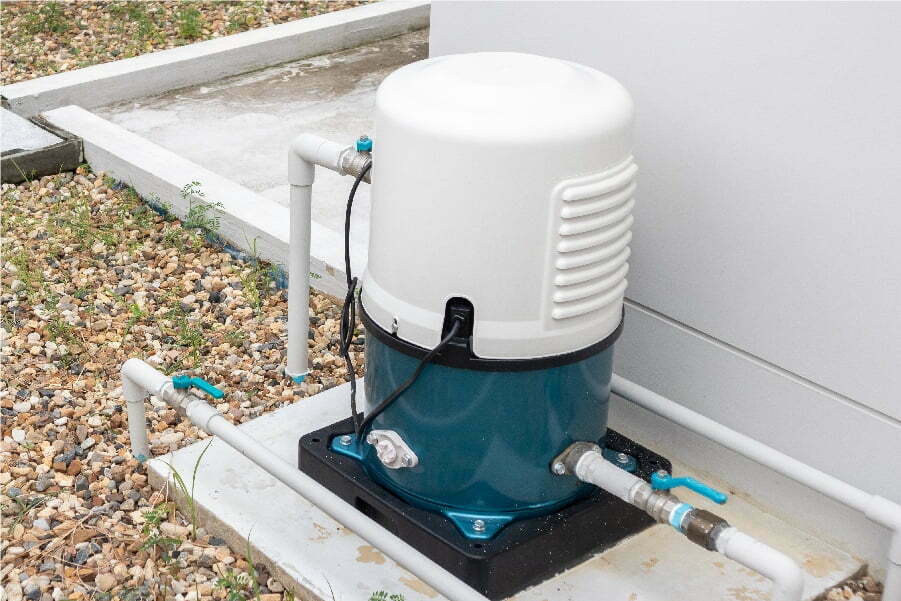
If you have an aquarium, you know how important it is to keep the water clean. A dirty tank can lead to all sorts of problems, including sick fish and unhealthy plants. The key to a clean aquarium is a good filter. But how long should you run your filter each day?
Most experts recommend running the filter for at least 8 hours a day. This will ensure that the water is filtered properly and that any waste or toxins are removed. Of course, you can run the filter for longer if you like. But 8 hours should be the minimum to keep your fish and plants healthy.
A pool is a great addition to any home, but it’s important to keep it clean and safe for everyone to enjoy. Be sure to invest in a pool cover to keep leaves and debris out of the water, test the pH levels regularly, and add shock and chemicals as needed.
Vacuum the pool once a week, skim the surface daily, and run the filter for at least 8 hours per day. Following these simple steps will ensure that your pool is always ready for a swim!
Recap
Liked this article? Here's what you can read next:
